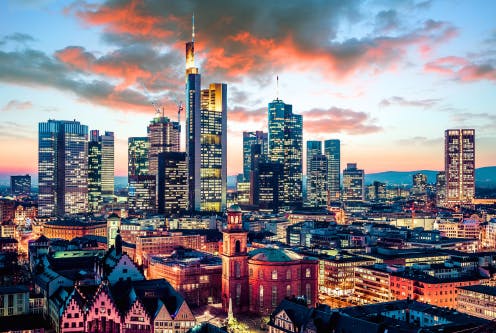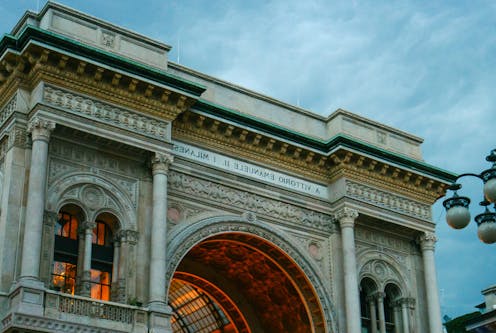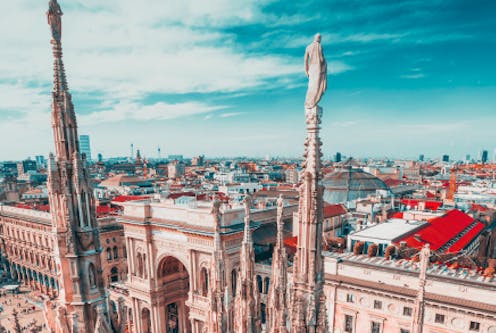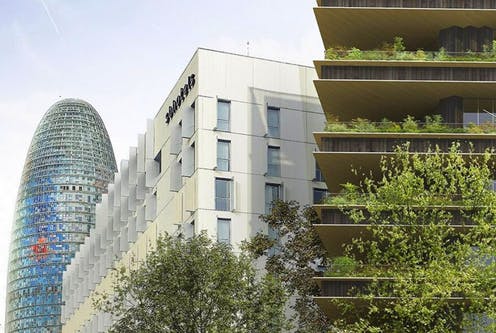Think Milan, think fashion. And shopping, art and fine dining. But also think of economic power. Once dismissed for its dullness, Italy’s second city is still riding a three-decades-long economic upswing while the rest of the country is only just gearing back up to business as usual after the COVID lockdowns.
In 2022, Milan’s economy grew by 2.2% and is forecast to grow 4.8% this year. In comparison, the Italian gross domestic product is expected to grow by 0.4% in 2023, according to Istat, the national statistics office.
Wearing history on a well-tailored sleeve
What happened? Many people see the 2015 World Expo as pivotal. Hosted by the capital of the affluent north of the country, the international exhibition helped Milanese recover pride in their city. And this, after all, is a city with much to be proud of.
It boasts one of the world’s leading luxury shopping strips – the Via Monte Napoleone, the beauty of the Gothic Duomo di Milano cathedral, Italy’s oldest shopping arcade (the stylish Galleria Vittorio Emanuele II), and a rich, centuries-old legacy of art and culture that includes Leonardo da Vinci’s mural “The Last Supper.”
However, the city’s cultural revival owes more to a long property boom that saw many brownfield districts redeveloped under flagship projects to housing, offices and shopping districts. And this revitalisation was not just in Central Milan.
For example, Porta Genova, a once-rundown quarter, today hosts Deloitte, an accountancy multinational; a fashion house, Armani; and a museum of world cultures in a converted factory with a restaurant that boasts three Michelin stars. A highlight of the district is the award-winning Bosco Vertical (Verticale Forest), two residential towers designed by Boeri Studio and featuring 900 trees (90 different species) on their outside terraces
Angel of the north
Such a revitalisation now enables Milan to show off its strong points to the world. While visitors still flock to Rome and Florence, the uptick in annual visitors rose from 6 million before Expo to more than 10 million before the pandemic struck.
After COVID passed, Milan rebounded fast. Today, it remains Italy's powerhouse mixing old wealth with the new economy, and the industries of fashion, publishing, media and advertising. Altogether, its exports are 14% of Italy's total and its 108 banks (half of them foreign) are bolstered by an influx of finance specialists, many of them Brexit exiles attracted by the Milan’s la dolce vita.
Prosperous, proud and vibrant, Milan has its next chance to shine on the international stage in 2026 as the co-host of the Winter Olympics along with glittery Cortina d’Ampezzo. Passing through Milan, many more people will fall under its charms.















